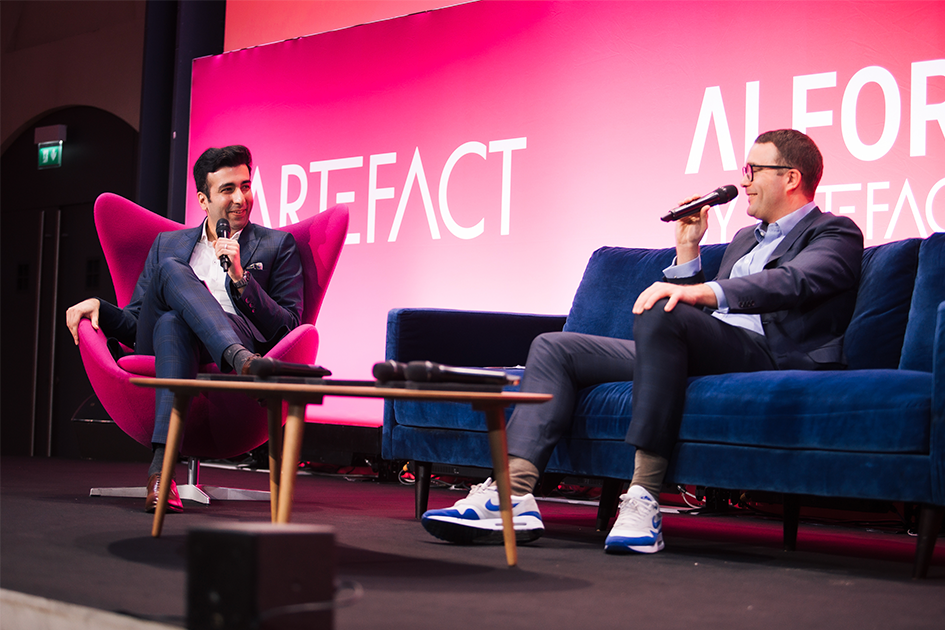AI for Finance Summit by Artefact - September 17th, 2024 - Paris
Key learnings from the discussion between Nelson Vadori, Executive Director, J.P. Morgan AI Research at JP Morgan Chase, and Akhilesh Kale, Partner US Financial Services Leader at Artefact.
Overview of JP Morgan’s AI Research and global team
At the “AI for Finance” summit hosted by Artefact, insights were shared into JP Morgan Chase’s cutting-edge work in AI for the financial industry. Based in Paris but part of a global team, the research focuses on a diverse range of topics including game theory, multi-agent reinforcement learning (RL), quantitative reasoning, and large language models (LLMs). Mathematics is central to AI’s development, and the team collaborates across various business lines, such as markets, investment banking, consumer banking, and asset management.
The role of reinforcement learning in financial optimization
A core element of JP Morgan’s AI research is the application of reinforcement learning to finance. RL is used to maximize long-term goals through dynamic decision-making, where short-term actions may seem suboptimal but contribute to long-term success. For example, RL is applied in portfolio hedging to optimize option purchases while factoring in key considerations like transaction costs. Additionally, the research in model calibration helps refine pricing models by treating financial trajectories as cooperative players within a game, leading to more accurate results.
Multi-Agent reinforcement learning in financial markets
The team is also pushing the boundaries of multi-agent reinforcement learning (MARL) to model complex financial markets, such as the foreign exchange (FX) market. By simulating interactions between multiple RL agents, valuable insights into market dynamics can be gained. Recent studies, including one published in the Journal of Mathematical Finance, demonstrated how MARL agents can develop skills like price queuing, providing a deeper understanding of market behavior through this innovative approach.
Advancing document processing and software development with LLMs
In addition to RL, JP Morgan’s AI research places a strong emphasis on the development of large language models (LLMs). A notable example is **Doc LLM**, a model that processes documents by integrating both textual and spatial information, offering a more efficient alternative to multimodal models. **Doc LLM** has performed well across various tasks by providing richer document analysis capabilities. Another breakthrough involves the use of multi-agent LLMs in software development, where the agents assist engineers in planning, coding, and reviewing, showcasing the versatility of LLMs in real-world applications beyond text generation.
Evaluating LLMs on the CFA exam
A unique application of LLMs within the team’s research is their evaluation on the CFA (Chartered Financial Analyst) exam. The models were tested in both “closed book” and “open book” scenarios. While the models excelled at passing the first two levels of the CFA exam, they struggled with the more complex and reasoning-intensive tasks found in the third level. This research highlighted both the capabilities and limitations of LLMs when applied to financial reasoning and complex problem-solving.
Future of mathematical reasoning with LLMs in Finance
Looking forward, the future of mathematical reasoning using LLMs is an area of significant interest. The team is focused on refining models to handle complex mathematical problems that arise in the financial domain, such as those found in the CFA exam. They are working to enhance the models’ ability to generalize mathematical concepts and apply them across a variety of contexts. There is growing optimism that AI will soon play a critical role in solving advanced mathematical challenges within the financial industry.

 BLOG
BLOG



